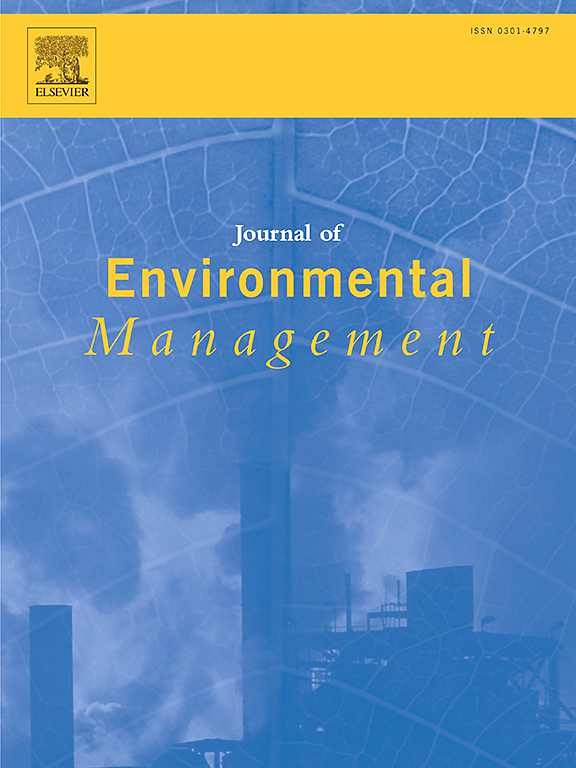长江地下河口对水文变化的氮转化及其驱动因素
IF 8.4
2区 环境科学与生态学
Q1 ENVIRONMENTAL SCIENCES
引用次数: 0
摘要
海底地下水排放(SGD)是海洋富营养化的关键因素,但研究表明,地下河口(STEs)是氮去除的活跃区域。因此,了解STEs中的氮转化和驱动因素是准确评估SGD导致的氮通量的基本前提。氮转化主要由微生物驱动,水文条件影响微生物群落的结构和功能。研究了长江地下河口不同水文单元(上层咸水羽流和粉质粘土层上下混合区)的氮转化潜力及其环境响应。主要转化基因为nrfA + nirB、nasA和napA,分别占36.8%、24.2%和12.4%。结果表明,硝态氮的异化还原为铵态氮(DNRA)过程是长江河段STE氮转化的关键机制,约占总氮转化量的35%,大于反硝化作用。此外,在不同含水层中,DNRA在总NO3−减少中所占的比例均大于83%。有趣的是,东河流域3个水文单元的氮转化比例相似,但影响氮转化的因素不同。因此,划分STEs内部的水文区域,准确了解氮的转化,从而通过水文过程或环境条件管理对sgd衍生的氮通量进行调控,是必要和关键的。研究结果将有助于提高人们对海洋生物氮循环的认识,并有助于制定有效的措施来保护沿海生态环境。本文章由计算机程序翻译,如有差异,请以英文原文为准。

Nitrogen transformation and drivers in response to hydrological variability in the Yangtze subterranean estuary
Nutrient transport by submarine groundwater discharge (SGD) is a crucial factor for marine eutrophication, but studies have revealed that subterranean estuaries (STEs) are active regions of nitrogen removal. Thus, understanding the nitrogen transformation and drivers in STEs is a fundamental prerequisite for an accurate assessment of the nitrogen flux resulting from SGD. Nitrogen transformation is driven primarily by microorganisms, and hydrological conditions influence the structure and function of microbial communities. We investigated the nitrogen transformation potential and environmental responses in various hydrological units (the upper saltwater plume and the mixed area above/below the silty clay layer) of the Yangtze subterranean estuary. The major N transformation genes were nrfA + nirB, nasA and napA, accounting for 36.8 %, 24.2 % and 12.4 %, respectively. Our results indicated that the process of dissimilatory nitrate reduction to ammonium (DNRA) is the crucial mechanism for nitrogen conversion in the Yangtze STE, which accounts for approximately 35 % of the nitrogen transformation and is greater than denitrification. Additionally, the proportions of DNRA in the total NO3− reduction were greater than 83 % across various aquifers. Interestingly, the nitrogen transformation proportions were similar among the three hydrological units of the STE, but the factors influencing nitrogen transformation differed. Therefore, it is necessary and crucial to divide the hydrological regions within STEs to accurately understand nitrogen transformation, enabling the regulation of SGD-derived nitrogen fluxes through hydrological processes or environmental condition management. Our results will improve the knowledge of the nitrogen cycle in STEs and help to formulate effective measures to protect coastal ecological environments.
求助全文
通过发布文献求助,成功后即可免费获取论文全文。
去求助
来源期刊

Journal of Environmental Management
环境科学-环境科学
CiteScore
13.70
自引率
5.70%
发文量
2477
审稿时长
84 days
期刊介绍:
The Journal of Environmental Management is a journal for the publication of peer reviewed, original research for all aspects of management and the managed use of the environment, both natural and man-made.Critical review articles are also welcome; submission of these is strongly encouraged.
 求助内容:
求助内容: 应助结果提醒方式:
应助结果提醒方式:


